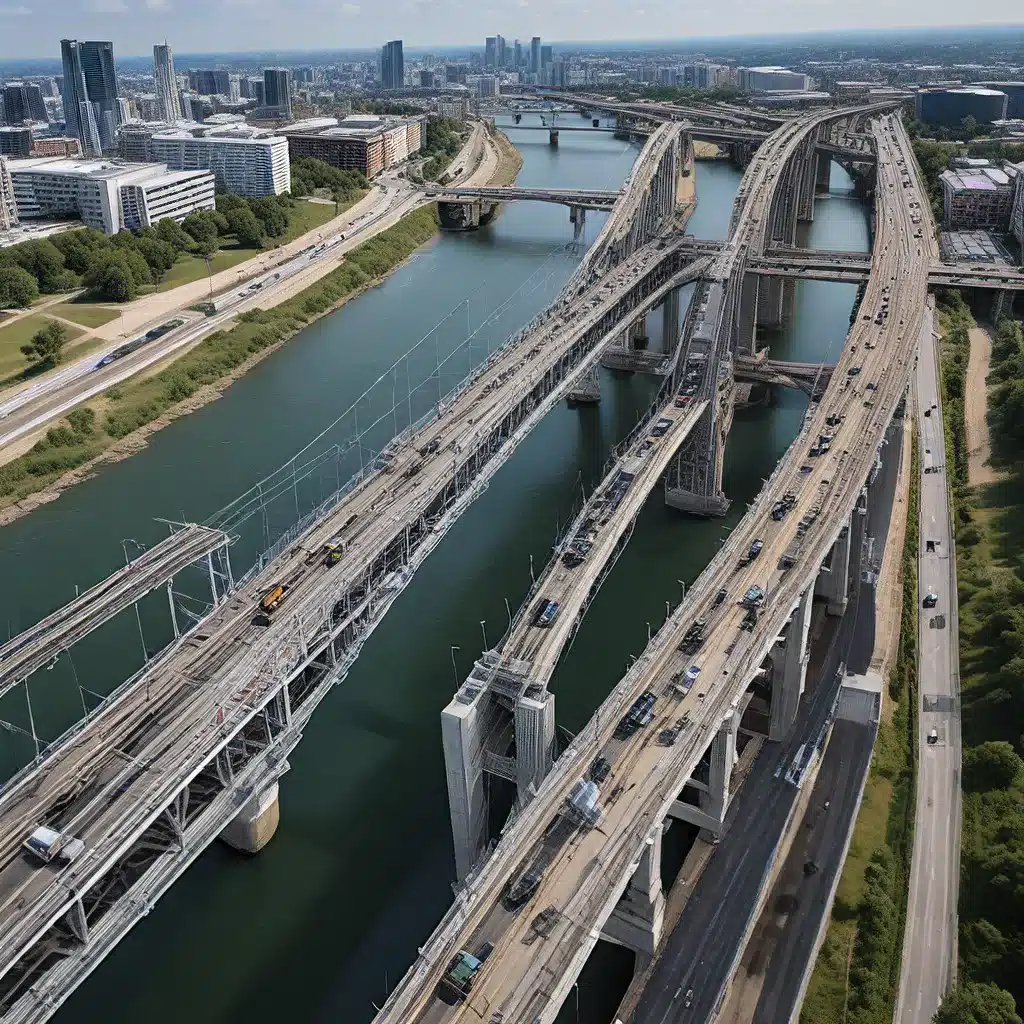
In the rapidly evolving landscape of sensor networks and the Internet of Things (IoT), the concept of digital twins has emerged as a game-changing solution for managing complex infrastructures. By seamlessly integrating sensor data with digital representations of physical assets, digital twins are revolutionizing the way we monitor, analyze, and optimize the performance of critical systems.
Unlocking the Power of Sensor-Enabled Digital Twins
At the heart of this transformative technology lies the synergy between sensors and digital models. Sensors, deployed strategically across infrastructure, gather real-time data on the physical world, providing a continuous stream of information about the state and behavior of assets. This data is then fed into digital twins – virtual counterparts that mirror the physical entities with remarkable accuracy.
Digital twins leverage advanced computational models, machine learning, and data analytics to create a dynamic and interactive representation of the physical system. This digital replica can be used to simulate various scenarios, test hypotheses, and predict future performance, enabling infrastructure managers to make informed decisions and optimize their operations.
Transforming Infrastructure Management
The integration of sensor networks and digital twins is revolutionizing the management of critical infrastructure, from transportation networks and smart cities to manufacturing facilities and energy grids. By bridging the gap between the physical and digital realms, this powerful combination unlocks a wealth of opportunities:
Enhanced Monitoring and Predictive Maintenance
Sensor-enabled digital twins provide a comprehensive, real-time view of infrastructure assets, allowing for early detection of problems and the ability to predict potential failures. This enables proactive maintenance strategies, reducing downtime, improving reliability, and extending the lifespan of critical components.
Optimized Resource Allocation
With a deep understanding of infrastructure performance, digital twins can help optimize the allocation of resources, such as energy, materials, and workforce. By simulating various scenarios, infrastructure managers can make data-driven decisions, leading to increased efficiency, cost savings, and reduced environmental impact.
Improved Resilience and Emergency Response
In the event of natural disasters or unexpected disruptions, sensor-enabled digital twins can play a crucial role in enhancing infrastructure resilience. By modeling the behavior of systems under stress, digital twins can help identify vulnerabilities, test mitigation strategies, and support rapid, informed decision-making during emergency situations.
Sustainable Transformation
As the world increasingly focuses on sustainability, the integration of sensor networks and digital twins can drive sustainable infrastructure development. By monitoring and analyzing resource consumption, energy efficiency, and environmental impact, digital twins can guide infrastructure upgrades, optimize operations, and support the transition to more eco-friendly solutions.
Overcoming Challenges in Sensor Network Design
Realizing the full potential of sensor-enabled digital twins requires overcoming several key challenges in the design and implementation of sensor networks. These challenges include:
Scalability and Interoperability
As the number of connected devices and the volume of data generated continue to grow, sensor networks must be designed with scalability in mind. Ensuring seamless integration and interoperability between diverse sensor technologies and digital platforms is crucial for unlocking the true value of digital twins.
Data Security and Privacy
The security and privacy of sensor data are paramount, as these networks often handle sensitive information about critical infrastructure. Robust data encryption, access control, and threat mitigation strategies are essential to protect against cyber threats and ensure the integrity of the digital twin ecosystem.
Energy Efficiency and Power Management
Sensor nodes deployed in remote or inaccessible locations must operate reliably for extended periods, often with limited access to power sources. Energy-efficient sensor designs and innovative power management strategies are crucial for ensuring the longevity and sustainability of sensor networks.
The Future of Sensor-Enabled Digital Twins
As the digital transformation of infrastructure continues to accelerate, the integration of sensor networks and digital twins will become increasingly crucial for unlocking new levels of efficiency, resilience, and sustainability. By bridging the physical and digital realms, this technology will empower infrastructure managers to make informed decisions, optimize resource usage, and safeguard the well-being of communities.
Looking ahead, the future of sensor-enabled digital twins will be shaped by advancements in areas such as edge computing, 5G connectivity, and artificial intelligence. These emerging technologies will enhance the real-time responsiveness, decision-making capabilities, and predictive accuracy of digital twins, further solidifying their role as essential tools for intelligent infrastructure management.
By embracing the power of sensor-enabled digital twins, we can create a more connected, resilient, and sustainable future, where critical infrastructure operates at peak efficiency and adapts seamlessly to the evolving needs of our society. The journey towards this future is well underway, and the possibilities are as boundless as the data that flows through the sensor networks powering these remarkable digital counterparts.